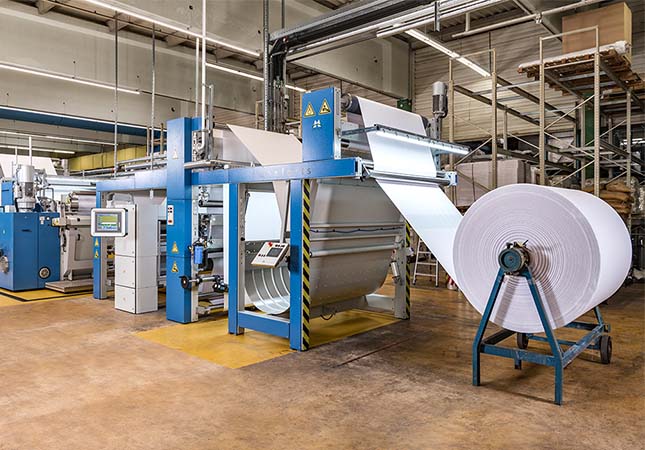The advent of modernized textile machinery has resulted in significant advancements in textiles production and finishing, extending its reach to both developed and some developing countries. This rapid growth in the textile industry has not only spurred the enhancement and maturation of textile machinery technology but has also accelerated the progress in novel types of fibers, industrial textile raw materials, chemical fibers, and other raw materials, alongside the refinement of textile raw materials processing techniques. The modern textile industry is intricately intertwined with the garment industry, as the specialized requirements for textile machinery have become increasingly pressing. Enterprises within the textile industry are now driven by this demand, further contributing to the progress of the entire sector.

Competitiveness in the Textile Industry: India as Instance
In recent years, the Indian textile sector has undergone a remarkable resurgence, yielding substantial benefits to the textile machinery realm, particularly in the spinning and weaving industries. From October 2009 to September 2010, the production of textile machinery in India soared by an impressive 52% compared to the preceding year. During this period, the spinning and weaving sectors experienced a notable boom, with machinery production in these domains skyrocketing by a staggering 72%. Moreover, post the economic crisis, the textile market witnessed robust demand due to a thriving domestic economy.
Despite facing challenges like escalated costs of raw materials such as cotton and polyester, most participants adeptly transferred the burden of price hikes to end users. Additionally, the introduction of the Technology Upgradation Fund Scheme (TUFS) by the central government proved to be a boon for the textile manufacturing industry, prompting numerous textile companies to embrace upgrades and leverage this advantageous program. As of June 2010, a substantial allocation of approximately 2.82 billion rupees was designated for the fiscal year 2011 to further fuel the progress of the textile machinery sector.
Within the textile realm, the eminence of cotton textiles cannot be overstated, as they constituted nearly 50% (valued at 5.08 billion dollars) of India's exports. This underscores the paramount importance of the cotton textile industry in the nation's textile landscape. Notably, in 2008, the global trade of cotton textiles experienced a noteworthy growth of approximately 4%, outshining the export expansion of all other fiber textiles, which stood at 3.70%. This surge in demand for cotton textiles signified a burgeoning preference for these fabrics on the international stage.
The post-quota era has catalyzed a transformation in the global sourcing paradigm for textile products. Key factors guiding competitiveness now revolve around cost-effectiveness, unyielding quality, and impeccable timeliness in delivery. For the Indian textile industry, navigating these ever-changing dynamics of international trade has been a journey of adaptation, marked by varying degrees of success.
The textile industry's development has been notably disparate, with the spinning sector exhibiting greater organization, while the weaving sector remains largely fragmented. The organized segment commands over 80% of the spinning industry, but its presence dwindles to less than 5% in the weaving domain. Interestingly, many units within the organized sector form a consortium of medium-sized factories.
Over the past few decades, the textile industry has made substantial strides in overcoming challenges posed by antiquated technology, fluctuating raw material availability, and the need for modernization, especially within the spinning sector. Nonetheless, in comparison to our principal competitors, the textile and processing industry still constitutes a weak link in the value chain. The weaving and processing operations are primarily shouldered by small and medium-sized enterprises.
Although there have been improvements in textile technology and the dyeing, processing, and finishing capabilities of knitting units, there is still considerable ground to cover to catch up with neighboring countries. The clothing industry is composed of more than 25,000 domestic manufacturers, 48,000 processing units, and approximately 4,000 manufacturers/exporters. Among these, over 80% are small-scale enterprises, typically equipped with less than 20 machines, while the remaining establishments are wholly-owned or operate in partnership.




